“We do see that our industry is male-dominated, world-wide – though not within NOOR,” say…
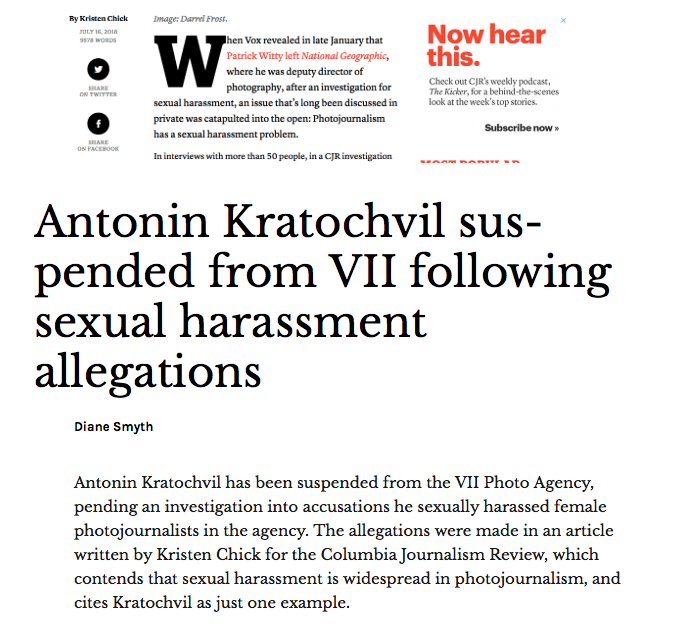

“We do see that our industry is male-dominated, world-wide – though not within NOOR,” say…

Has anything improved since Linda Nochlin’s 1971 essay Why Have There Been No Great Women Artists? The fact that women make up just 15.5% of the artists’ files on Wikipedia suggests not. According to L’Observatoire de l’Egalite, only 30% of the artists exhibited in galleries are women, even though more than 60% of art students in France are women.
Even so, there is some cause for optimism – as French photographer Vincent Ferrané points out. “Of the top 500 contemporary artists in 2017 [in France], only 14% of women,” he says. “But 30% of those were born after 1980.”
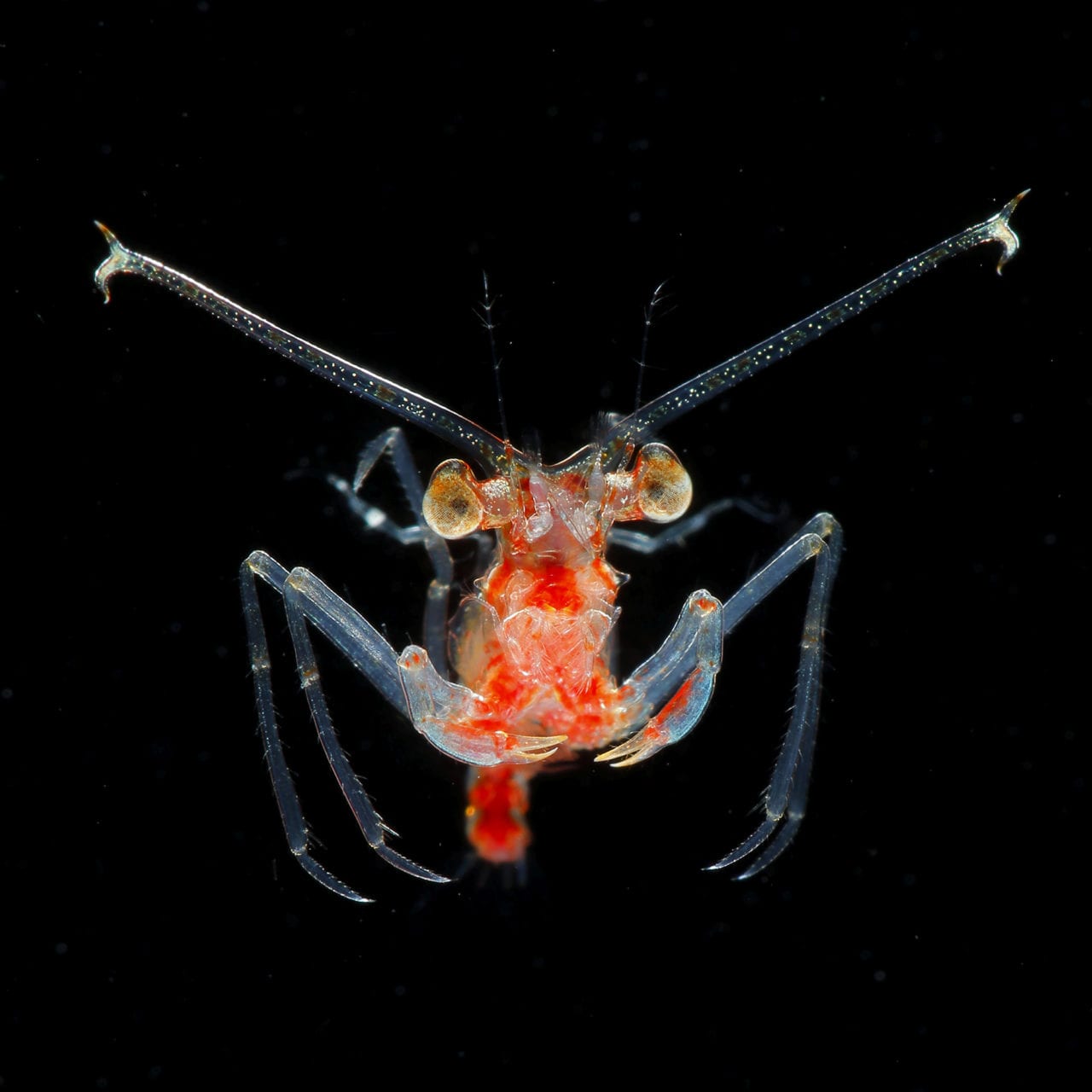
“Plankton are intriguing and beautiful creatures,” says Japanese photographer Ryo Minemizu. “They symbolise how precious life is by their tiny existence.”
He’s been shooting plankton for 20 years, spending between two and eight hours underwater everyday recording the tiny creatures, which can be plants, animals, or other types of organism. Drifting in the ocean, unable to swim against the current, plankton are the most abundant life form on earth after bacteria, but measuring 2mm-40mm in size, are invisible to the naked eye. Minemizu has registered his own technique to photograph them, which he’s called Black Water Dive, and which involves setting a stage underwater using flashes and other forms of lighting.

Born in Barcelona in 1971, Txema Salvans is still based in the Catalan capital, and specialises in making documentary work about Spain and the Spanish people. He is best known for his book The Waiting Game [2013], which showed lone women, presumably prostitutes, waiting by the sides of roads along the Mediterranean coast. Salvans spent six years shooting this project, and recently published The Waiting Game II [2018], a series showing fisherman on the Mediterranean coast, waiting for the fish to bite. In 2010 he published Nice to Meet You, also shot along the Mediterranean, a book of ‘family photos’ in which some of those shown weren’t family.
His new book, My Kingdom, recently published by Mack Books, originally grew out of Nice to Meet You, and shows Spanish people and families relaxing on the Mediterranean coast. Its title is taken from a speech by King Juan Carlos I, however, who ruled Spain from 22 November 1975 – 19 June 2014, and extracts from his speeches run throughout the book. It is, says Salvans, a book about power rather than about Spain, the Spanish, or King Juan Carlos I. BJP caught up with him to find out more.
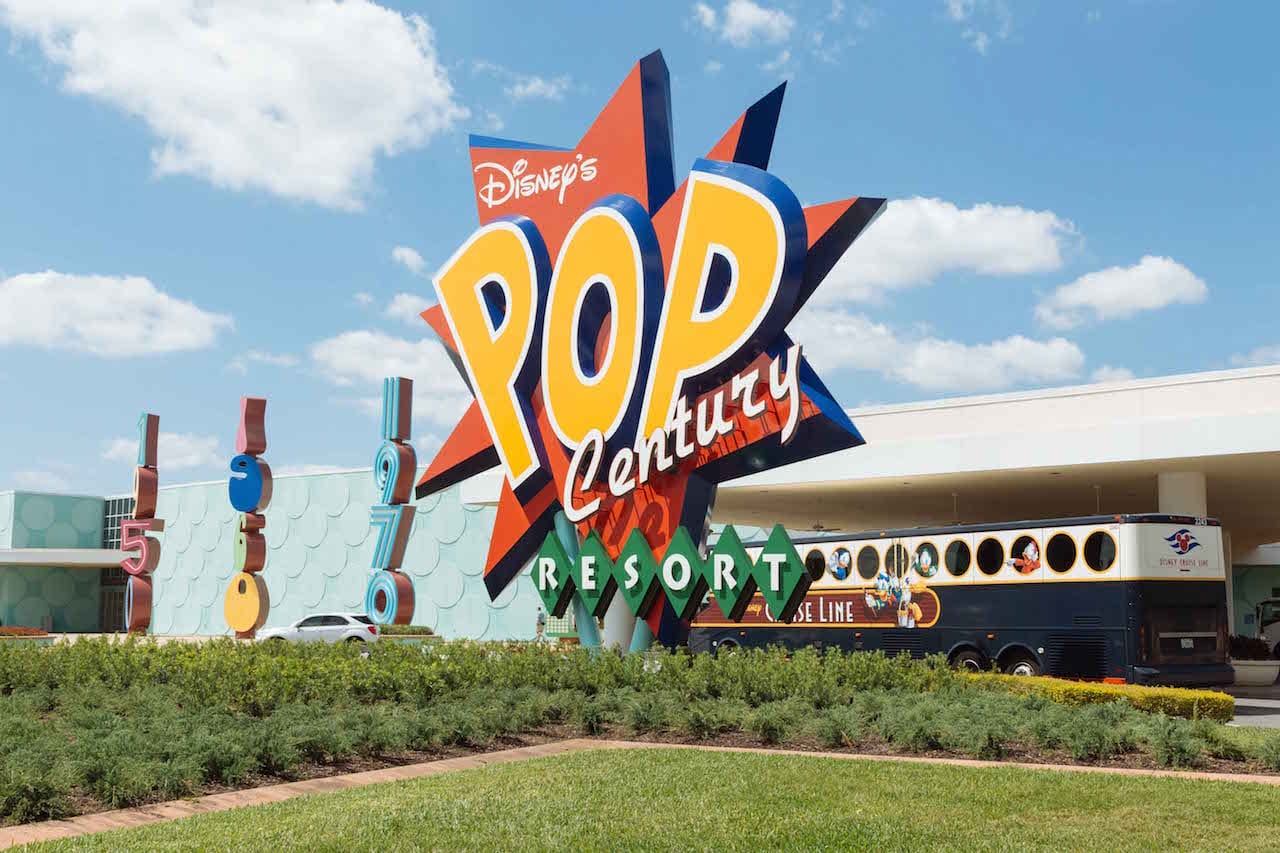
Born in Barcelona in 1984, Arnau Rovira Vidal first learnt photography from his father, a keen amateur with a darkroom set up at home. Initially studying film-making at university, Vidal devoted himself to still images two years ago when he moved to Madrid, taking courses at EFTI Centro Internacional de Fotografía y Cine and LENS Cursos de Fotografía y Cursos de Vídeo. He now specialises in shooting fantastical buildings and architecture, and is already making a name for himself, showing his abstracted series RE-FORM at Spanish festivals such as Pa-ta-ta and Mirades, and publishing his series on the new wave of building in Ashgabat, Turkmenistan in titles such as Wired and GUP.
His new project, Fantasia Resorts, was shot in Orlando and shows the cartoonish holiday resorts of Disney World, a theme park which covers 65 square km and includes 33 different resorts.
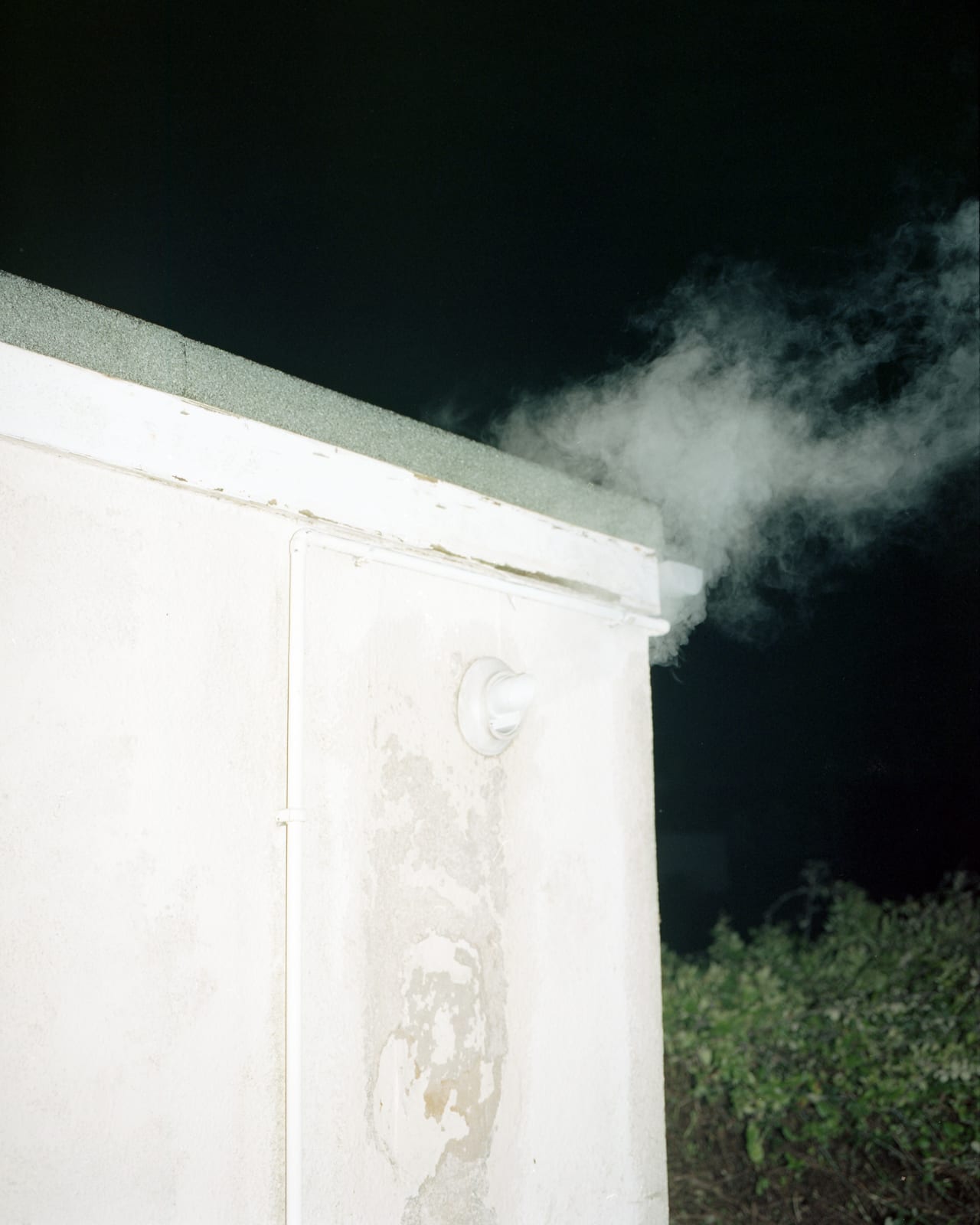
Growing up, photographer Tom Roche learned about his Romani Gypsy heritage only through fragmentary stories and speculation. “My great, great uncle was stabbed in the heart with a wooden stake because he owed money for land,” says Roche, a recent University of the West of England graduate. “Then I had one aunt, aunt Liz, who used to pick crops, one aunt that made baskets, and another who sold pegs – or so I’m told; I don’t have any images, records, or concrete facts of my ancestors.”
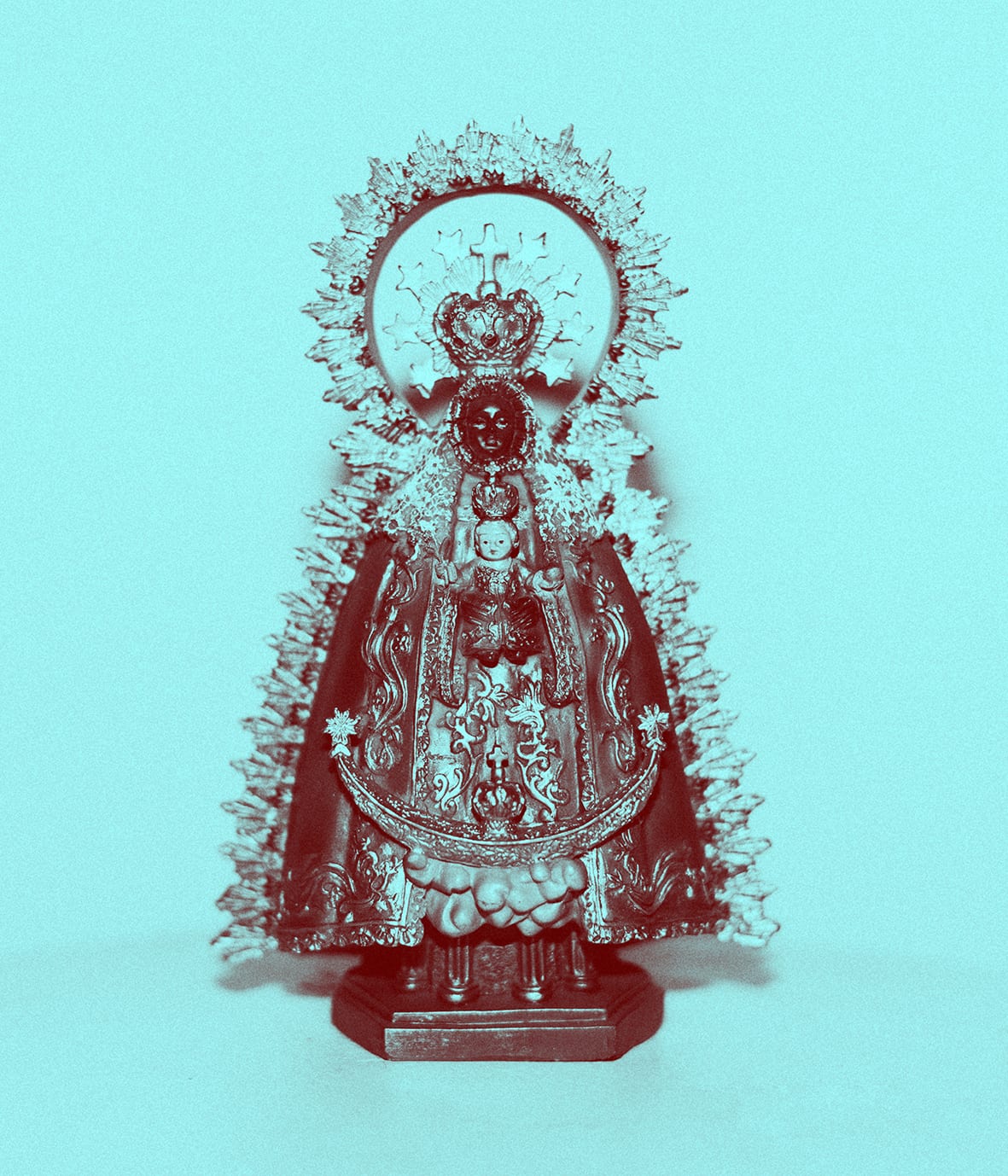
“In the EU today, we take women’s rights for granted,” says Marina Paulenka, director of Organ Vida, a three-week international photography event held annually in Zagreb. Founded in 2008, the festival has always been driven by political context, and this year, for its 10th edition, its all-female team have chosen to emphasise female-identifying perspectives from around the globe.
“In a time of post-capitalist global turmoil, technological advancements, with the strengthening of rightwing extremism, the growing influence of religion that limits women’s rights again, and the semblance of democracy in the 21st century, we are facing a situation in which women must fight anew for the rights that had been won long ago,” Paulenka insists.
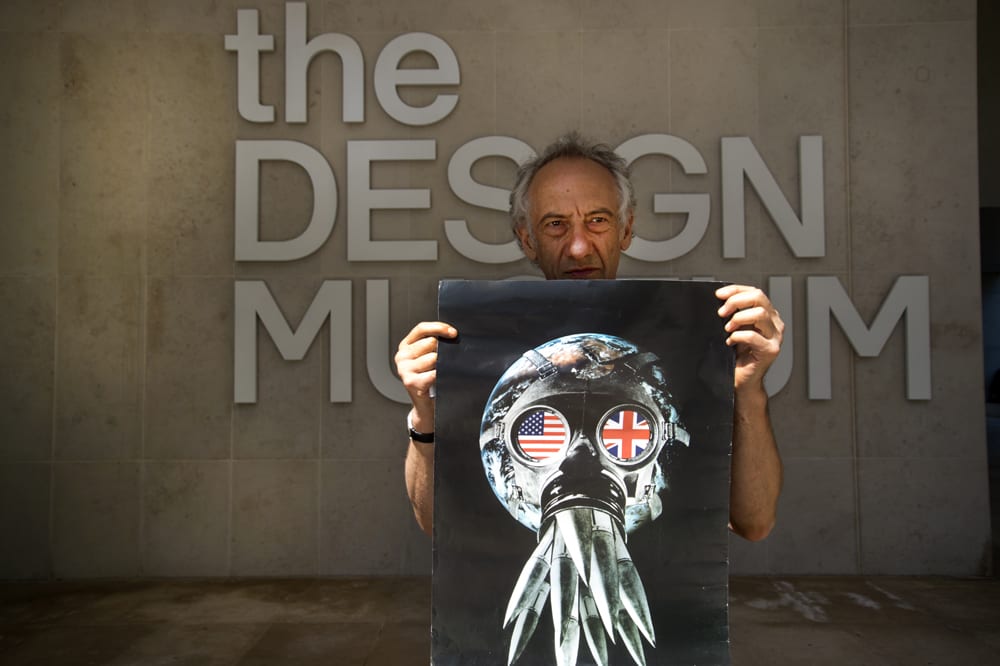
Photomontage artist Peter Kennard is among 40 artists who have demanded their work be removed from London’s Design Museum after discovering the institution had hosted a private event associated with the arms trade. The museum complied with the requests to return work by 01 August, but defended its curatorial independence from its need to raise funds and sponsorships.
In an open letter, the artists said that they are “appalled” that the London institution arranged for Italian aerospace company Leonardo to hold an event on 17 July, during the Farnborough International Airshow. A demonstration outside the museum also took place on the same day (02 August) in which several artists arrived to collect their works.
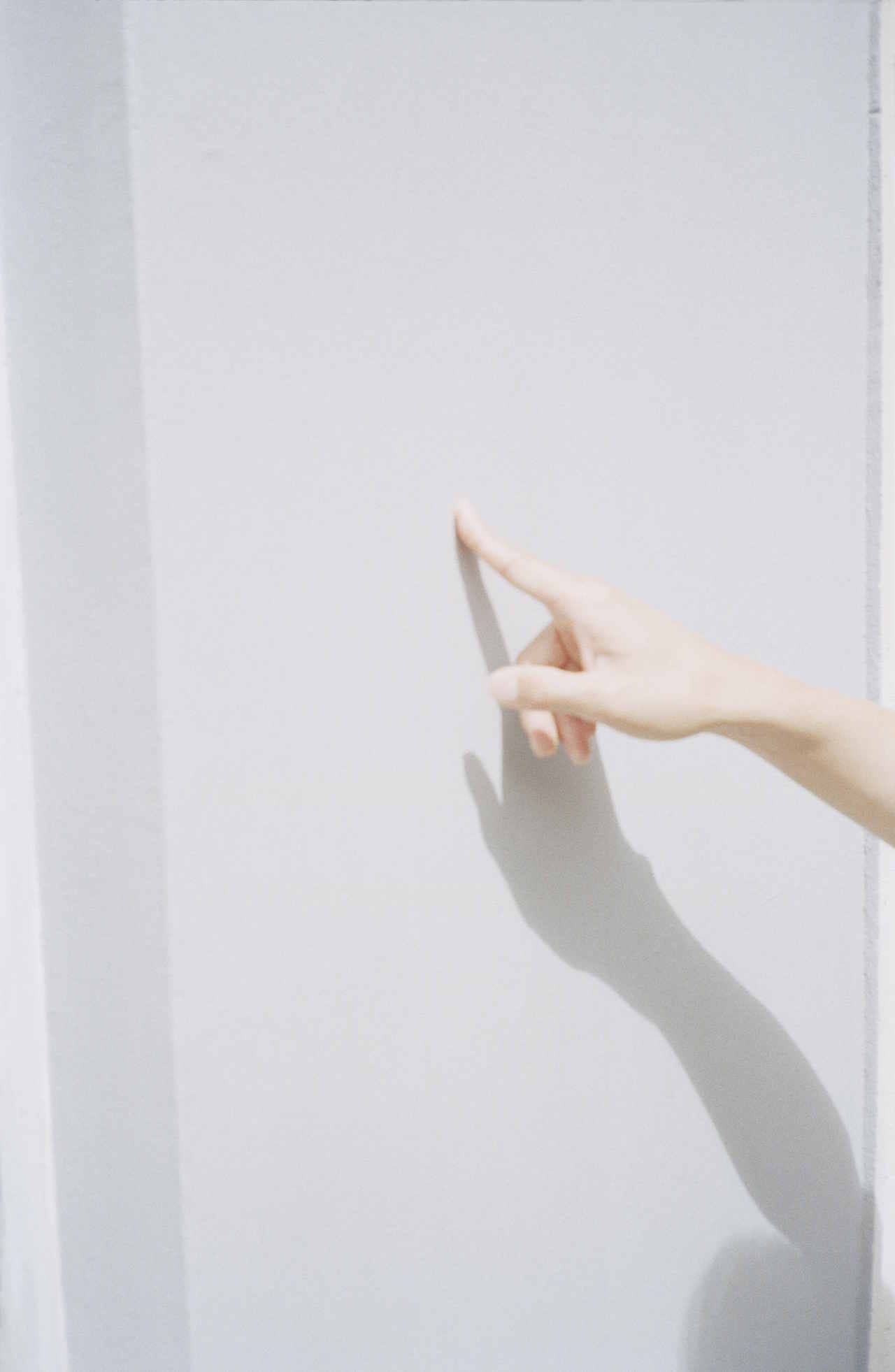
Photography is generally accepted as a medium representing reality or the idea of that revealing what you see before you, onto a two-dimensional plane. Multiple Planes, an exhibition organised by Thai New Wave Photography, uses its platform to construct works, in terms of its materials, processes and notions, that relate to photography through atypical dimensions. “It’s a place where you can expect to see inventive works,” says curator Mary Pansanga.

As the apps we use become a bigger part of our daily routines, the line between our digital and real lives is increasingly blurred. “But there’s a tension point where privacy comes in which makes everything even more complicated,” says VICE editor in chief Ellis Jones. How much of ourselves do we share publicly and how do we decide which pieces to share? Which labels do we use to describe ourselves? And how do we avoid others imposing labels onto us? These are a few of the questions posed in “The Privacy and Perception Issue”, VICE’s annual photography magazine.